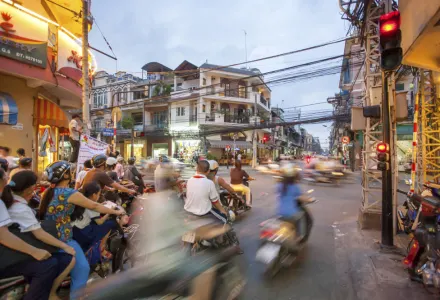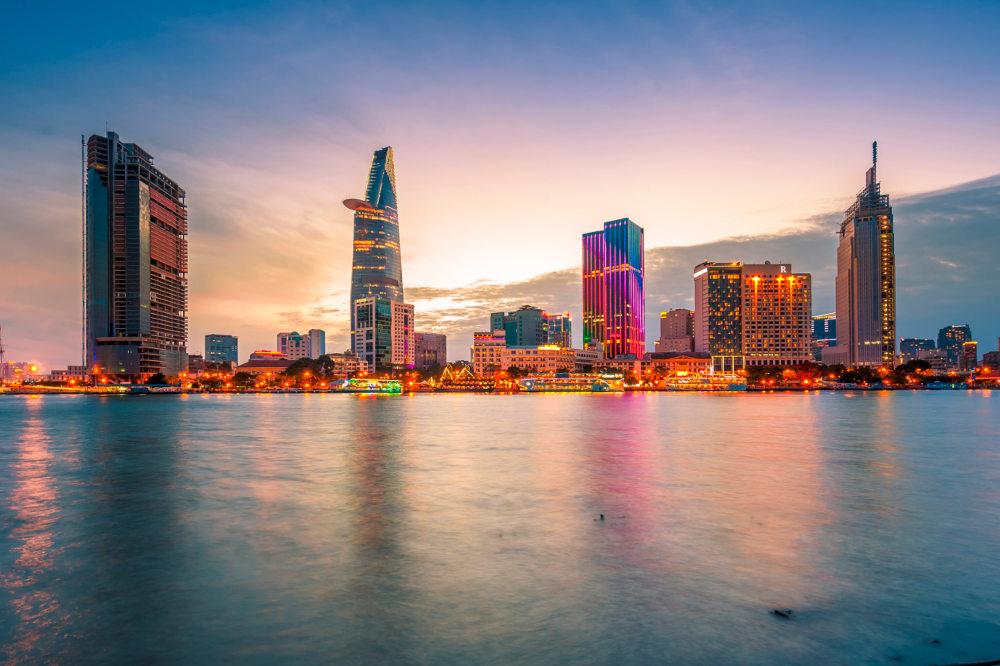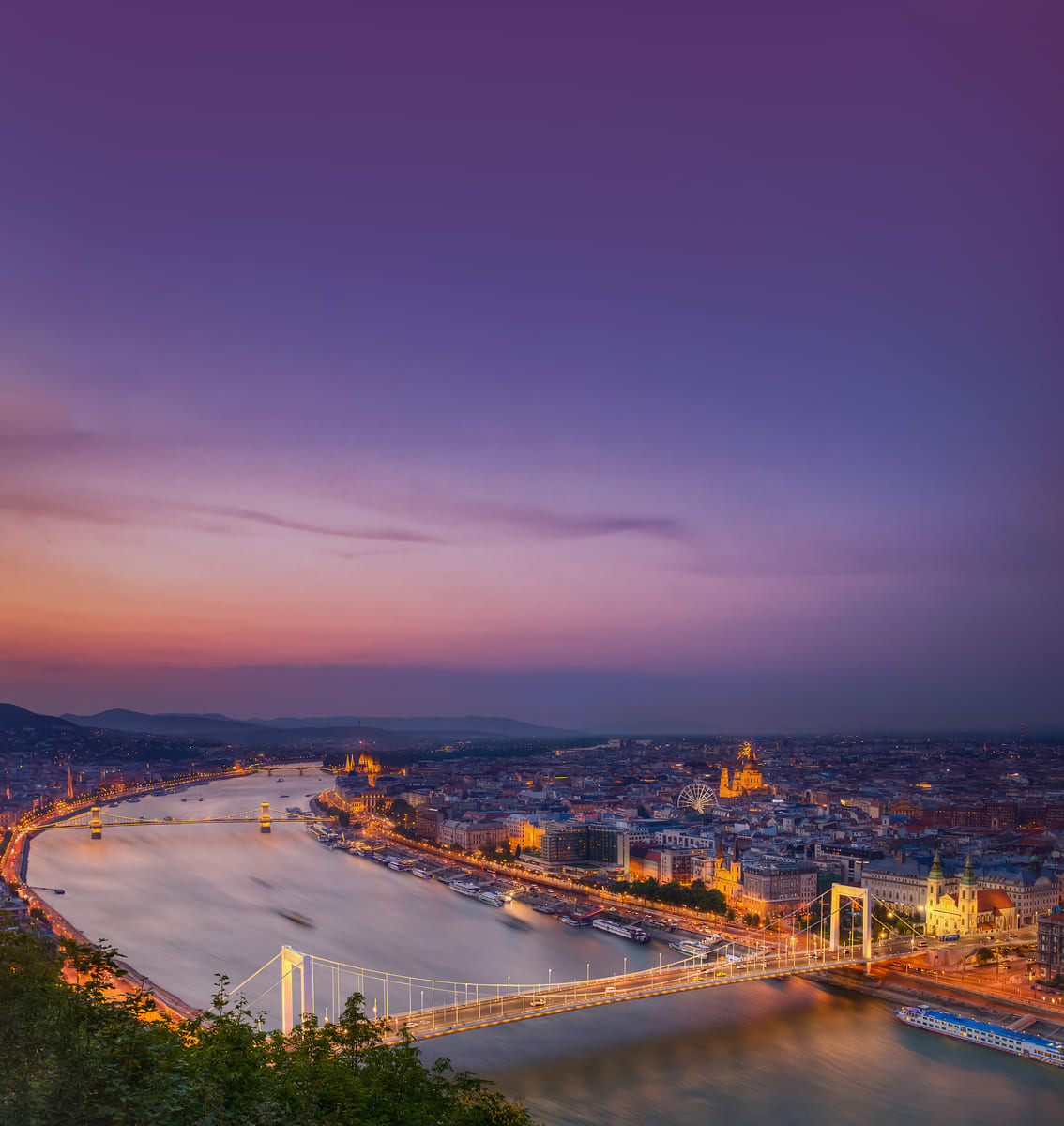
"It's 40 years since the end of the American war," says Vu Vo, "but in Saigon people have a way of looking forwards, never backwards."

The locals still refer to Ho Chi Minh City as Saigon. Picture: Getty Images
Explore Vietnam on two wheels: Girls Just Want To Have Fun
Take inspiration from the page: 10 Books To Inspire Travel
Unpack
Hotel Continental Saigon (+84 8 3829 9201; continentalsaigon.com) continues to attract visitors who are keen to pay homage to the country's first hotel (which opened circa 1880). One of the institutions of wartime Vietnam, countless 'frontline' news reports were penned on the open-air terrace - known by journalists as 'the Continental shelf'. Double rooms from about $A115, room only.
For a new alternative, Liberty Central City Point (+84 8 3822 5678; libertyhotels.com.vn) ranks among the best of its class in South-East Asia. The hotel is well located, with wonderful views (check out the rooftop pool on the 18th floor) and the highly professional staff and services that the government-run Continental unfortunately lacks. Doubles from about $A180, B&B.
Book your next dream holiday with Travel Associates

People pack on to the back of motorbikes as the city hurtles ahead. Picture: Getty Images

one of a kind holiday?
Takes 3 minutes
